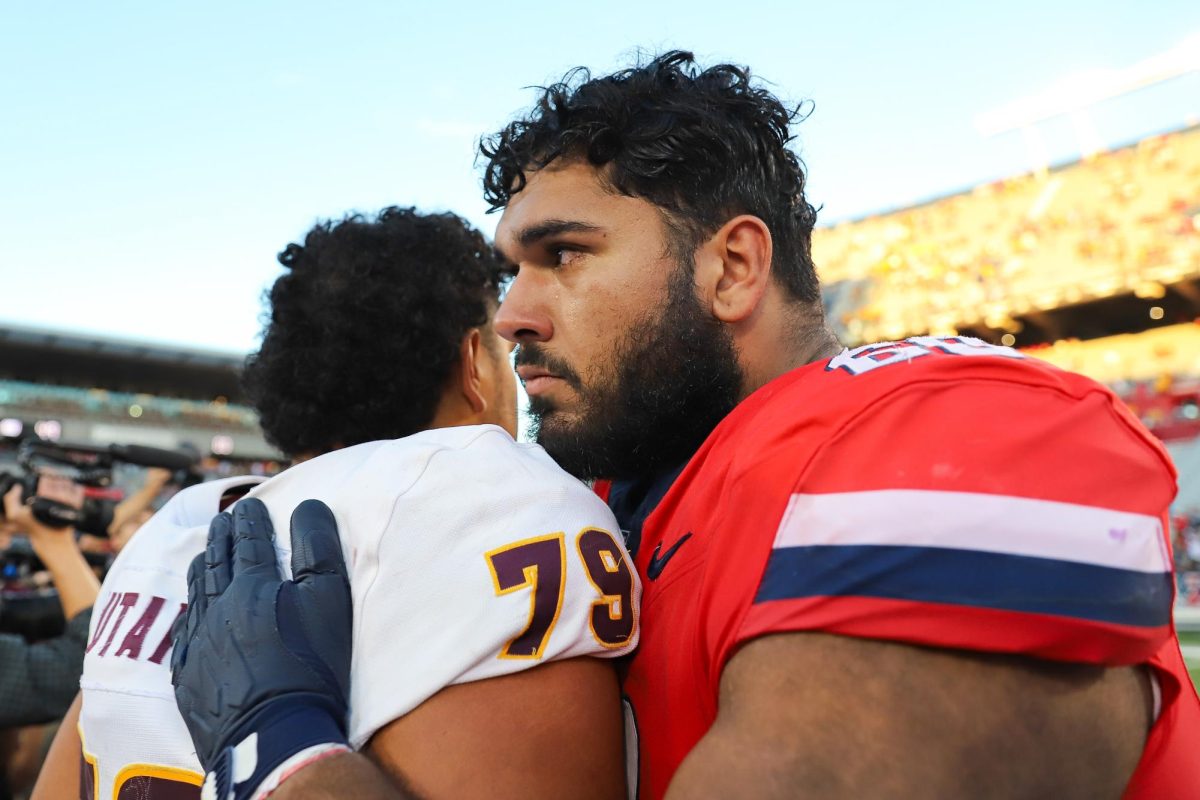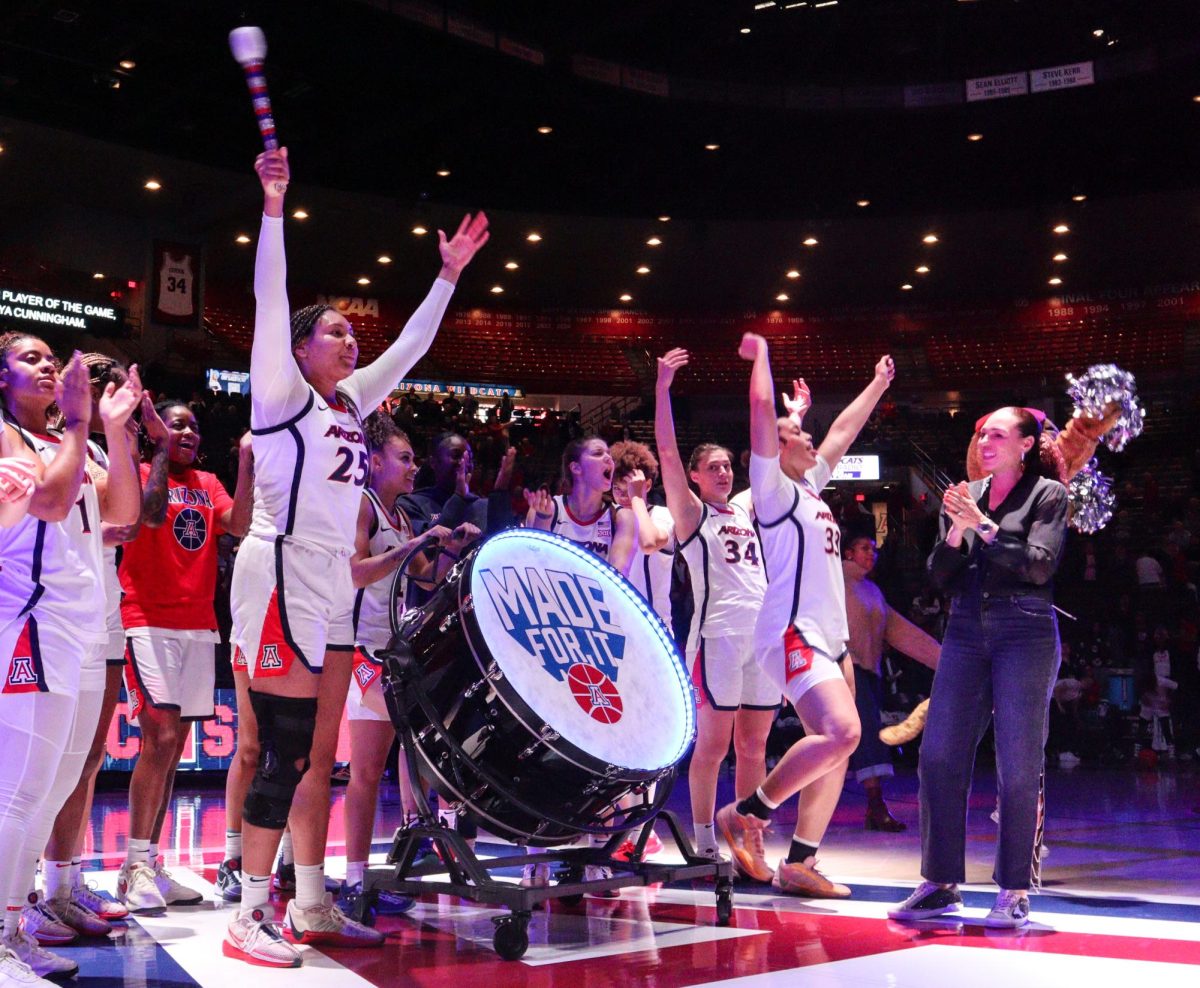Arizona’s upcoming opponent, California, has seen a vast change in recent years. In under two decades, the Golden Bears have gone from the floor of college football to being ranked No. 2 in the country, to where they are now, completely restarting under first-year head coach Sonny Dykes.
But despite starting his tenure at Cal with a 1-7 record, Dykes shouldn’t feel as if he’s in the hot seat, because he has a $321 million present that will help.
“From what I know of [Dykes], he’s got a great chance to succeed there,” said Arizona head coach Rich Rodriguez. “They’ve got great new facilities.”
When Rodriguez came to Tucson in 2012, the Wildcats became his third head-coaching job in 11 years. But it was the first time that he was given a brand new facility.
When Rodriguez took the coaching job at West Virginia in 2001, he somewhat had it easy. The Mountaineers were already an established program, and their facilities were up to par.
Rodriguez faced challenges similar to what Dykes is going through now.
Rodriguez’s spread option offense was completely new to West Virginia and took time before it saw success. In his first season at Western Virginia, Rodriguez posted a 3-8 record.
“It was painful,” Rodriguez said about the 2001 season. “It’s been a lot easier here because at least some of the guys have run some spread, so it hasn’t been completely new to them.”
Dykes’ transition to Cal bears some similarities to Rodriguez’s.
Dykes comes to California as an air-raid offensive system coach, bringing a scheme that is very pass-centric and features many receivers. Former Cal head coach Jeff Tedford ran a more traditional pro-style offense that had a balance of run and pass.
The change in offense is one of the reasons the Golden Bears now host the No. 8 passing offense in the country, but it’s also why they’ve struggled.
“I think they’ve had some big plays this year, but … turnovers have hurt them,” Rodriguez said.
Rodriguez also understands the importance of modern facilities in recruiting the types of players a coach needs to fit his system.
Dykes inherited Memorial Stadium, which just last year finished its $321 million renovation. Similarly, Rodriguez, in his second year at UA, received the $72 million Lowell-Stevens Football Facility.
The Memorial Stadium upgrades — which include, but are not limited to, earthquake-proof new training facilities and a modern press box and seating — should help convince recruits to commit to Cal.
The Wildcats offensive line coach, Jim Michalczik, joined the UA coaching staff this year after spending time as an assistant coach at Cal under Tedford.
Michalczik said he believes Dykes has a great recruiting tool in the new Memorial Stadium facilities.
“Facilities are like the doctor’s office waiting room,” Michalczik said. “If you go in there and it’s all nice and well-kept up, you feel good about the doctor. But if you go into a waiting room and it’s old and not well-taken care of, you worry.”
So while California may be struggling in 2013, Rodriguez and other coaches can tell you it’s just part of the process, and soon enough the Golden Bears will be competing as they did in the past.
—Follow Luke Della @LukeDella















